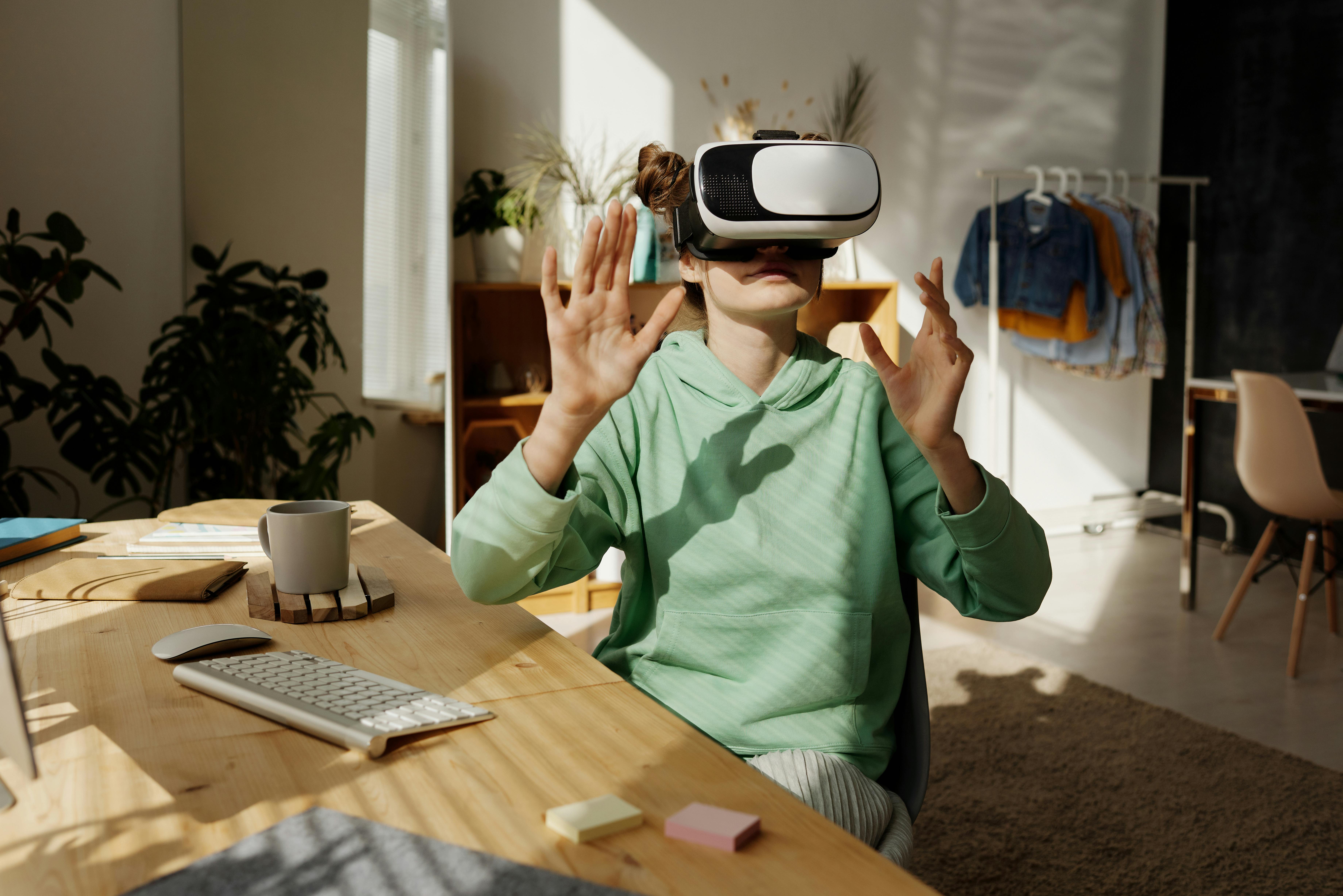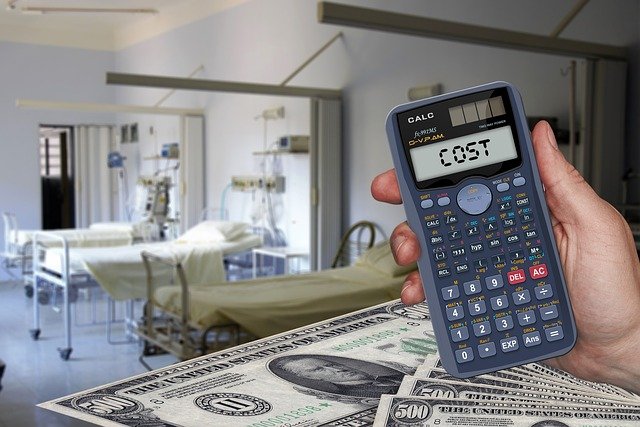Digital Renaissance: The Emergence of Virtual Reality in Artistic Expression
Introduction: Cutting-edge technology is shaping the arts and entertainment sphere like never before, with Virtual Reality (VR) taking the lead. This article offers an in-depth exploration of VR's emergence as a creative medium, its transformative effect on artistic expression, and the potential for its evolving future.

The Genesis of Virtual Reality in Art
Virtual Reality, a concept once limited to the realms of science fiction, has become an innovative tool for artistic expression. The origins of VR date back to the mid-20th century, with the creation of the first head-mounted display (HMD) for immersive simulation. Fast forward to the early 21st century, and we see VR breaking the barriers of traditional art forms, becoming an integral part of installations, performances, and visual arts.
The Current Landscape of VR Art
Today, VR has established its foothold in the arts and entertainment industry. Various museums and art galleries worldwide are incorporating VR to create immersive experiences for their visitors. Artists are utilizing VR tools to create three-dimensional artworks, transporting viewers into an entirely new realm of perception and interaction. Furthermore, film and theater producers are exploring VR’s potential to present narratives in a way that blurs the line between the audience and the stage.
Impact and Reception of VR in Artistic Expression
The incorporation of VR in art has opened up endless possibilities for artists to push the boundaries of creativity, allowing them to create immersive and interactive experiences that were previously unimaginable. This has been met with a mixed yet largely positive reception. Critics hail VR as a groundbreaking medium, transforming not only the process of creation but also the consumption of art. However, some also express concern over the potential loss of tangible, physical art forms.
Virtual Reality: The Art of the Future?
As VR technology continues to advance, its potential implications for the arts and entertainment industry are vast. The future may see a shift towards more virtual art exhibitions, performances, and installations. We can envisage a world where art transcends physical boundaries, becoming an immersive, interactive, and fully customizable experience. However, the question remains whether VR can ever truly replace the traditional, tactile experience of art.
The Balance of Traditional and Technological Artistic Expression
While VR certainly offers an exciting new frontier for artistic expression, it is essential to strike a balance between embracing technology and preserving traditional art forms. Both have unique merits and offer different experiences. The future of art may not necessarily lie in choosing one over the other, but rather in finding a harmony between the two, where technology enhances rather than replaces traditional art.
In conclusion, the advent of VR in the arts and entertainment industry marks a significant milestone in the evolution of artistic expression. Its potential to transform the way we create and consume art is immense. However, the key to its successful integration lies in balancing this digital renaissance with the preservation of our rich artistic heritage. The future of VR in art is still being written, and it undoubtedly holds exciting prospects for artists and audiences alike.




